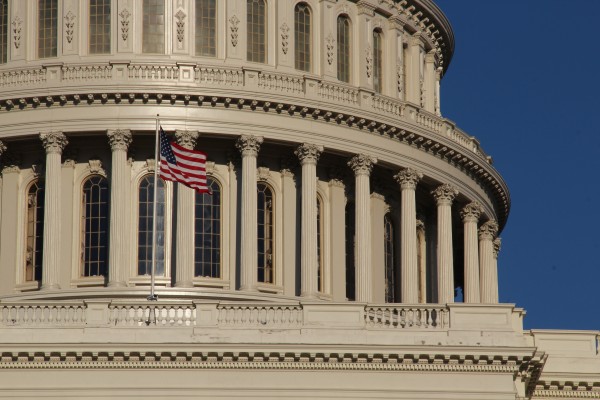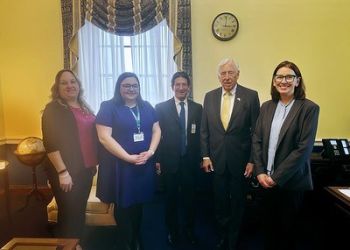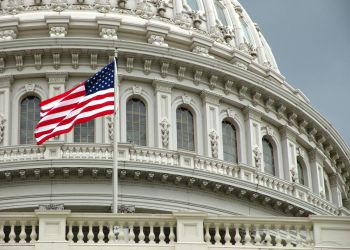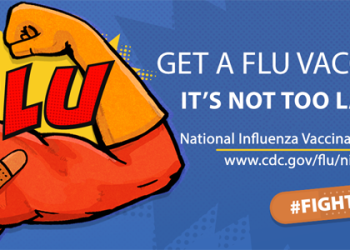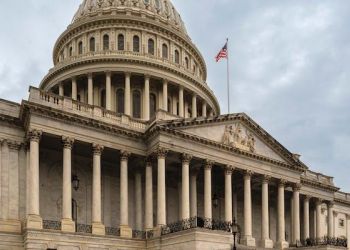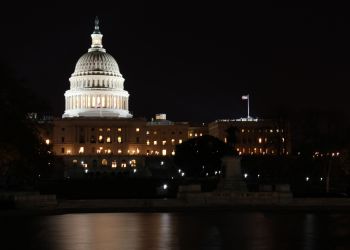Last week, House appropriators made significant progress on the Labor, Health and Human Services, Education, and Related Agencies (Labor-HHS) Appropriations Bill. The Committee’s full summary can be found here. The bill was considered first in the Labor-HHS Subcommittee markup, then the full Appropriations Committee markup, and has now been reported to the full House for consideration. The full House will likely vote on the bill next week as part of a minibus package of seven appropriations bills. However, leaders of the Committee’s Senate counterpart said this week they will delay their markup of the Labor-HHS bill until September.
The reported bill includes unprecedented investments in public health, research, and social services programs. The overall bill includes a historic increase in topline funding, with a 28% increase over the FY2021 enacted level. The Department of Health and Human Services (HHS) would receive $119.8 billion, a 24% increase over FY2021. Within this bill, many of the programs that would receive new infusions of funding specifically touch local health departments or address pressing community issues faced by local health officials.
Appropriators on both sides of the aisle agreed that our nation’s inadequate COVID-19 response laid bare the shortcomings of our public health system and emergency preparedness. Accordingly, both the funding priorities and the report language, an accompanying document that lays out directions from Congress to the Administration on use of the funds, reflected the Committee’s commitment to bolstering these foundations of public health.
The tone of last week’s markups was generally bipartisan and cooperative. Appropriators consistently praised the leadership of both the subcommittee and the full committee, including their willingness to accommodate the requests of members on both sides of the aisle and work together to create a bill that everyone is proud to pass, at least in part. Committee Chair DeLauro (D-CT) spoke of the importance of the bill, noting it touches “individuals and families throughout their lifespan.” Subcommittee Ranking Member Cole (R-OK) concurred, acknowledging that many elements of this bill are even as important as the Defense or Homeland Security bills when it comes to keeping the American people safe.
While the bill is slated to reach the House floor before the August Congressional recess, its outlook in the Senate is still unclear. We do not expect to see any action on that side of the Hill until the fall, and with a September 30th deadline for funding the government, chances of Congress reverting to a continuing resolution—essentially, keeping all funding flat for a period of time to keep negotiating without shutting down the government—is almost a certainty. NACCHO will continue to track the bill’s progress and provide members updates.
What’s in the bill
The Labor-HHS Subcommittee included $10.6 billion in funding for the Centers for Disease Control and Prevention (CDC), which is not only $2.7 billion higher than FY2021, but also $1 billion higher than the President’s FY2022 budget request. Within this number, many NACCHO priorities received funding boosts. For example, funding for data modernization at CDC, state and local health departments was tripled. In report language, the Committee directed CDC to use this funding to establish a data system that is standards-based, interoperable, facilitates timely and complete reporting, and collects disaggregated data to study disparities. As part of the Data: Elemental to Health Coalition, NACCHO has been pushing for these much-needed changes to revitalize the public health data system.
To further support a sustainable and strong public health infrastructure, the bill would nearly double funding for CDC-based public health workforce initiatives, which would provide an Epidemic Intelligence Service and Laboratory Leadership Service Fellow in every state.
The Committee also established a new $1 billion funding line to support public health infrastructure, which has been a longtime priority for NACCHO. The Committee notes that this cross-cutting investment was directly informed by a hearing earlier this year, where then-NACCHO President Jennifer Kertanis testified about the need for increased investments in public health workforce and infrastructure.
Notably, the importance of local health departments was highlighted through the Committee’s report, including directives to better track and assure funds get to local health departments. (Specific language posted below.)
To prepare our public health system for future emergencies, the bill would provide a $20 million bump to public health emergency preparedness cooperative agreements, which would enhance the ability of state, local, and territorial health departments to detect and respond to emerging health threats. NACCHO had requested a much stronger increase to bring the program up to $1 billion annually and will continue to push for the resources needed to ensure all LHDs have the preparedness resources they need. The Strategic National Stockpile (SNS) would also receive a $200 million funding increase. The Committee provided many directives for the SNS in report language. Citing concerns about SNS mission and operations, the Committee instructed the Assistant Secretary for Preparedness and Response (ASPR) to assist CDC in SNS decision making and directed the HHS Secretary to engage in a “re-envisioning” process focused on SNS transparency, risk mitigation, supply chain security, readiness, and overall management. The Committee requested a report back on these efforts 60 days after the passage of the bill.
Other specific CDC increases include:
- $25 million, an increase of $12.5 million above the FY 2021 enacted level, for firearm injury and mortality prevention research.
- $74 million, an increase of $10 million above the FY 2021 enacted level, for the only Federal program addressing the nation’s racial and ethnic health disparities, Racial and Ethnic Approach to Community Health (REACH), including $27 million, an increase of $5 million, for Good Health and Wellness in Indian Country.
- $119 million, an increase $56 million above the FY 2021 enacted level, for safe motherhood.
- $110 million, an increase of $100 million above the FY 2021 enacted level, for the health impacts of climate change.
- $153 million, an increase of $150 million above the FY 2021 enacted level, for social determinates of health.
- $275 million, an increase of $100 million above the FY 2021 enacted level, for the Ending the HIV Initiative.
- $115 million, an increase of $100 million above the FY 2021 enacted level, for community and youth violence prevention.
- $663 million, an increase of $188 million above the FY 2021 enacted level, for opioid overdose prevention and surveillance.
- $75 million, an increase of $10 million above the FY 2020 enacted level, for food safety.
- $250 million, an increase of $12.5 million above the FY 2021 enacted level, to address tobacco and e-cigarettes.
Finally, amid record high overdose deaths, the bill would provide substantial funding boosts to the Substance Abuse and Mental Health Services Administration (SAMHSA). The agency, which heads HHS’s efforts to improve the behavioral health of the nation, would receive double the funding it did in FY2021. Local health departments may look forward to increased funding for Mental Health Block Grants, mental health resources for children and youth, and $100 million to help communities create Mobile Crisis Response Teams. Substance use priorities received increases as well, with boosts for the Substance Abuse Prevention and Treatment Block Grant, State Opioid Response Grants, and initiatives to expand medication-assisted treatment, substance misuse prevention, and recovery services.
Key Report Language
Local Health Departments.—The Committee recognizes that COVID–19 has raised awareness of the importance of the role of local health departments in our nation’s governmental public health partnership to protect the public’s health. However, Federal funding intended for both State and local health departments does not consistently reach local health departments beyond those directly-funded. The Committee encourages CDC to require States to fund local health departments when programmatically appropriate
Public Health Preparedness Cooperative Agreements.—The Committee includes an increase of $20,000,000 to enhance investments in State, local, and territorial health departments to quickly detect, monitor, and respond to health threats. Public health system investments serve as the backbone for disaster and outbreak response in every State and the pandemic has shown that increased funding for preparedness is necessary for a baseline of consistent protection. The Committee directs that grant recipients incorporate Limited English Proficient (LEP) Individuals into their emergency response. Grant recipients must ensure they are conducting tailored and robust outreach efforts to LEP communities. In addition, the Committee requests a State distribution table in the fiscal year 2023 Congressional Budget Justification, which should also include how funding is being allocated to local health departments and how States are determining these allocations.
Epidemiology and Laboratory Capacity Awards.—The Committee urges CDC to work with States to prioritize funding to local health departments based on factors such as population size, disease burden, and other public health metrics to promote equitable funding distribution
